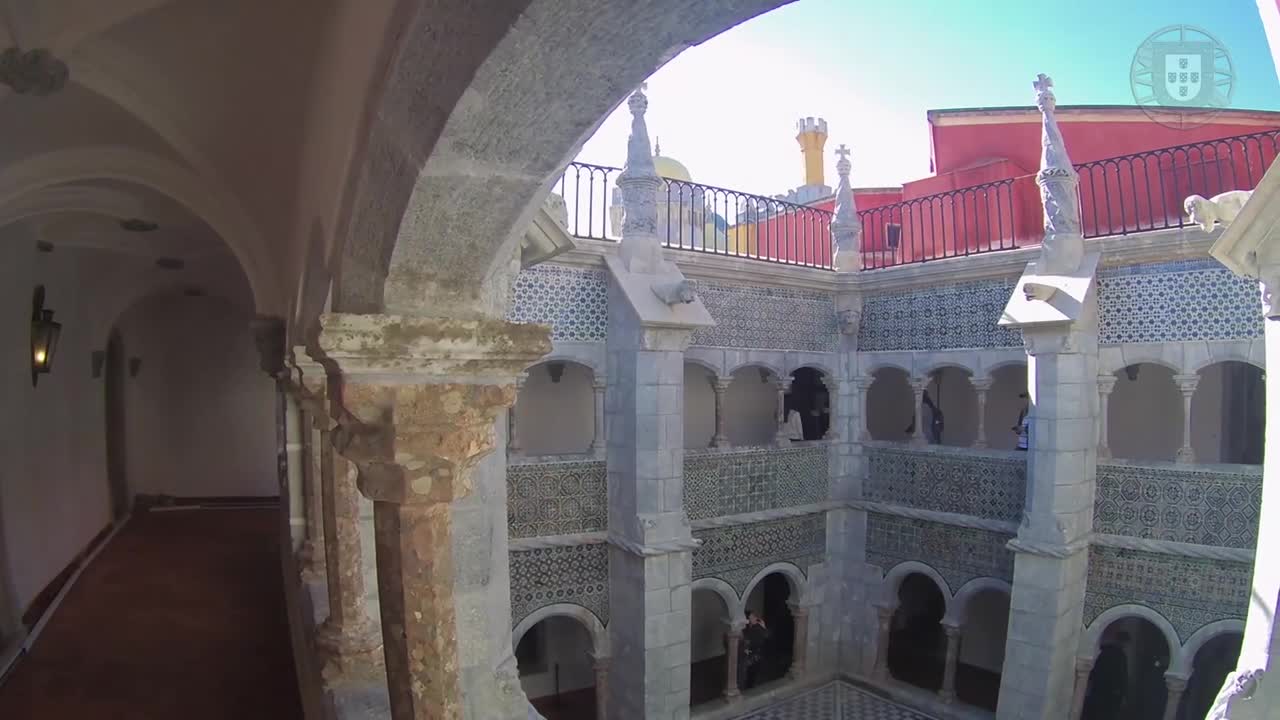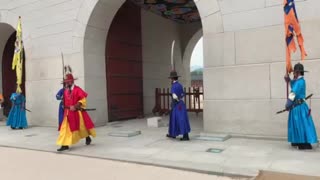Premium Only Content

Sintra,National Palace of Pena
P.S; If You Love Europe And Medieval Time See knight Templar Art:
https://shrinke.me/CastleAndKnightTemplar
If there is a place to visit near Lisbon, then it is certainly the Palácio da Pena! It is not like any other palace in Europe.Its light colors are something that makes it stand out not only from the rest of Sintra's palaces and castles, but from palaces around the world.
Pena Palace or Palacio Nacional da Pena is a 19th-century Romanticist castle. Its location in the mountains, on the Portuguese Riviera, makes the palace so very picturesque. The brightly painted yellow terraces and palace exteriors surrounded by the greenery of Pena Park/forest pulls visitors to the hills every year.
It is important to note that the castle’s history can be traced back to the Middle Ages, where a chapel existed here at the Sintra Hills and was dedicated to Our Lady Pena.
The site used to be visited by King John II and wife Queen Leonor including his successor King Manuel I. The location of the sanctuary was considered sacred. In the later years (15 to 16th centuries), a monastery was built on this site (Order of Saint Jerome).
The Sintra Hills had remained a place of meditation and tranquillity for centuries.
When Lisbon was damaged in the Great Earthquake of 1755, the monastery also suffered damages. And those ruins were left unattended for centuries until Ferdinand II focused his attention to the Sintra Hills to make a summer residence for the royalty!
The Pena Palace that we can see today was built in the 19th century, as a summer home for Portuguese royalty. It was built by King Ferdinand II who had a very flamboyant and larger than life taste. It is an adaptation of 16th-century monastery ruins) and an imitation of a medieval fortress.
King Ferdinand set out to transform the ruins and the work of the Palace was assigned to Lieutenant-General and mining engineer Wilhelm Ludwig von Eschwege. The latter was known to have designed many castles in Germany and beyond.
The construction took place between 1842 and 1854 and was completed by 1847. King Ferdinand and Queen Maria II had a lot of say in the design and decorative elements of the palace. They definitely left a stunning palace for the world to see.
The castle itself is unique from bright colours to Islamic influence on the interiors and room decor. A portion of the Pena Palace resembles medieval European nuance, and its placement in the hills is just another stunning addition to the castle.
The gardens were inspired by the English Garden movement of the 18th century. And it is very unique with little figurines, viewpoints, fountains and trails. From here, you can also view the Castle dos Mouros peak (Castle of the Moors).
-
 0:16
0:16
sarah2020
4 years agoSeoul National Palace Morning Performance
8 -
 4:15
4:15
KSHB
3 years agoNational Nurse's Week
8 -
 0:24
0:24
mrspitts
3 years agoCanyonlands National Park
18 -
 2:01
2:01
KTNV
3 years agoNational Superhero Day
82 -
 0:36
0:36
KERO
3 years agoNational Red Rose Day
21 -
 1:05
1:05
KERO
3 years agoNational Police Week
48 -
 13:07
13:07
Sideserf Cake Studio
15 hours ago $3.59 earnedIS THIS THE MOST REALISTIC SUSHI CAKE EVER MADE?
58.5K4 -
 21:08
21:08
Clownfish TV
1 day agoElon Musk Tells WotC to BURN IN HELL for Erasing Gary Gygax from DnD!
46.6K15 -
 48:22
48:22
PMG
11 hours ago $10.51 earned"IRS Whistleblowers Speak Out on Biden Family with Mel K In-Studio"
38.3K25 -
 2:59
2:59
BIG NEM
13 hours agoLost in the Wrong Hood: Who Do I Check In With?
29.5K2